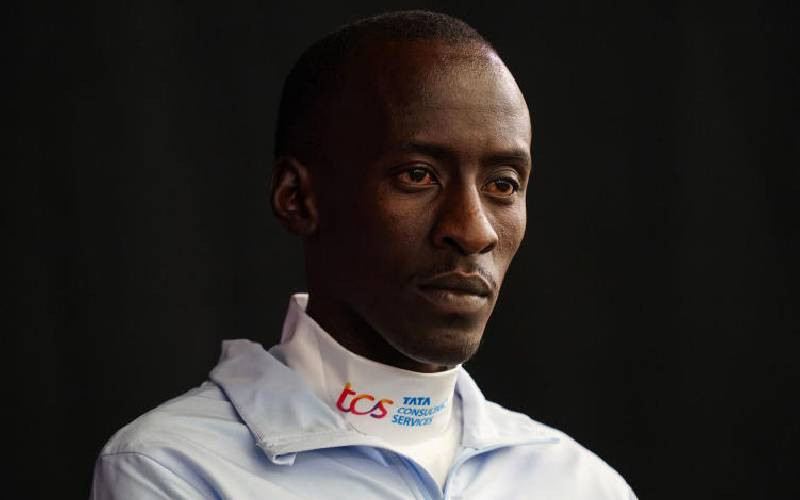×
The Standard e-Paper
Home To Bold Columnists

In 2023, the global sports industry generated $512 billion, which is more income than the GDP of the largest African economy, Nigeria, which stood at $477 billion.
In the all-time Olympic medal table, Kenyan athletes have won 113 medals in total, making the country to rank top in Africa. South Africa, with 89 medals, is placed second in the continent.